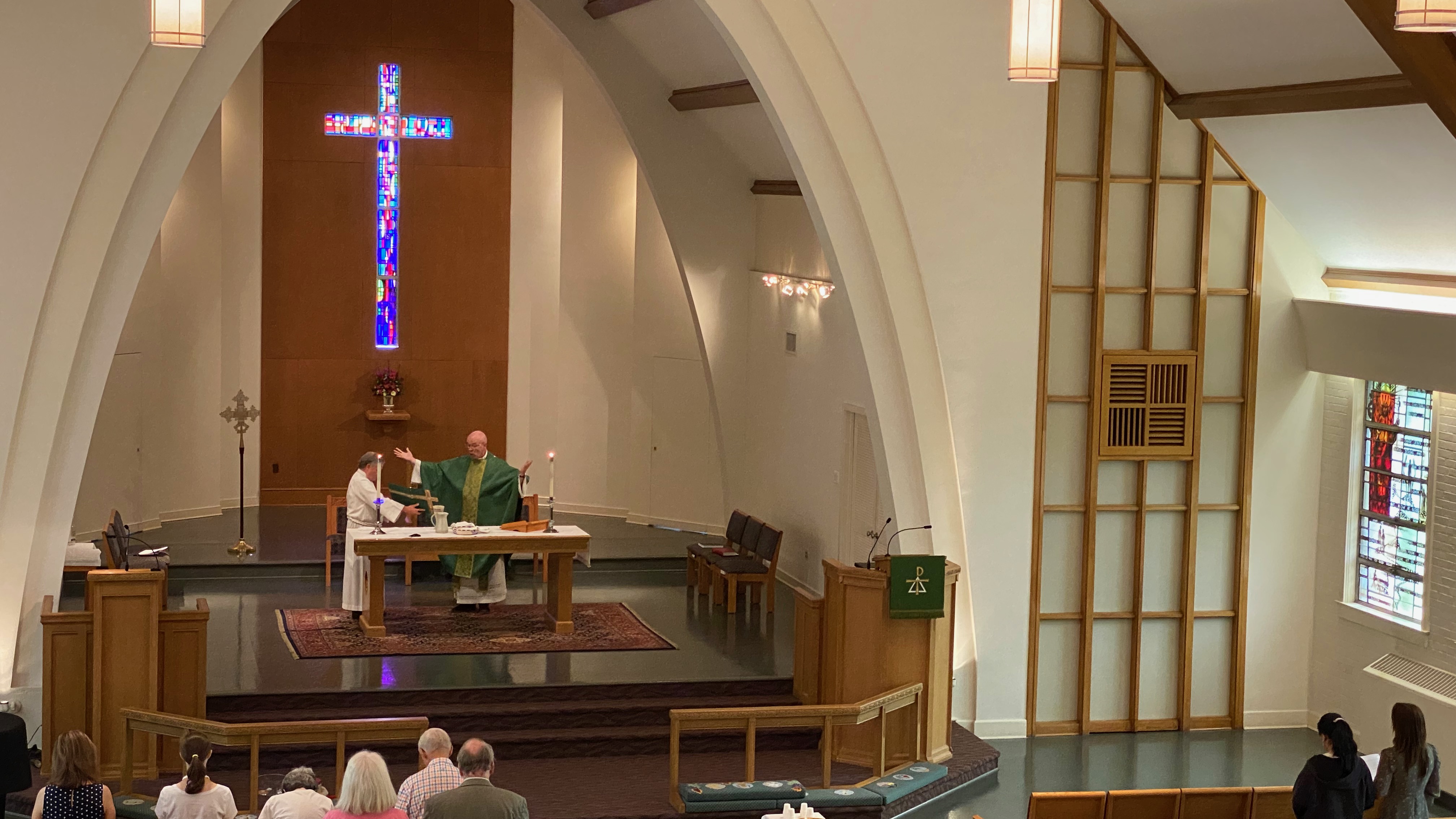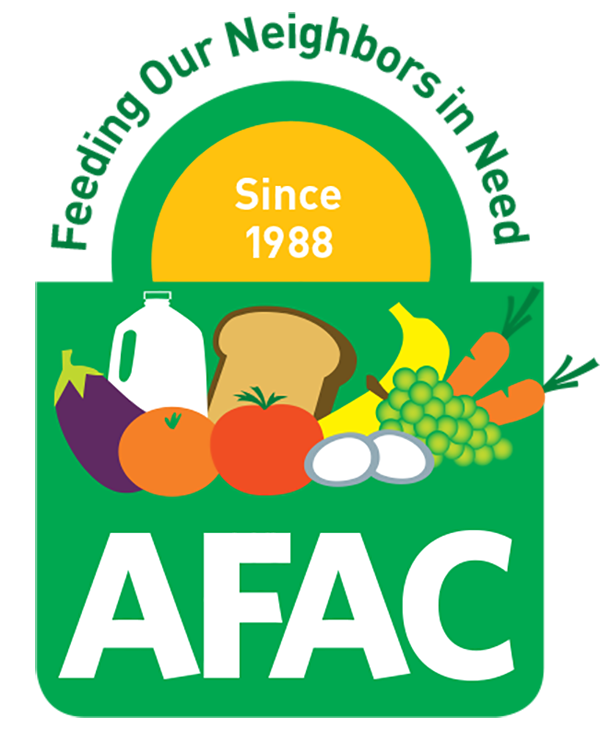Week of the Fourth Sunday after Epiphany
Dear Friends in Christ:
Those who were present for our congregation’s annual meeting on January 24 had occasion to read and hear me comment on the eleven vision statements that are guiding my approach to ministry and mission at Resurrection Church. As I reported, my hope is that the “I” statements which guide my own ministry can in due course become “we” statements which the whole congregation can in some edited form embrace for our life together. Toward that end, I here offer some additional comments on how these vision statements came to be along with thoughts on how I see them being used in the future.
First off, why so many statements? Shouldn’t we have one simple statement of vision? Maybe. It may be that the process of engaging multiple vision statements will naturally lead to a singular statement that we can craft together. However, in my experience of seeing such singular statements from congregations over the years, brief statements of vision can simultaneously say everything and nothing. Also, I did not want to spend too much time word-smithing a singular vision statement. I have found that some congregations spend more time crafting the words of such statements than doing the work of mission to which the statements point. Let’s have just enough clarity of focus to be able to move forward in getting things done.
My approach in developing the statements was to review and consider rather comprehensively our life together, giving specific attention to particular areas of ministry that congregations normally embody and are constitutionally mandated in many cases to attend to.
Also, as I suggested in my oral reporting at the annual meeting, the vision statements emerged from my study of the reports of consultants that Resurrection engaged during the interim period prior to calling me as pastor. I aim to give voice to many of the concerns and hopes offered in those reports. Additionally, the statements were the fruit of conversations I’ve had over these early months of my ministry here with several leaders of the congregation. The statements likewise emerged from my own observations and discernment of the needs and opportunities set before us as a congregation in this place at this time. Finally, the statements reflect the particular skill sets and experiences and passions that I bring to you as a pastor.
How will the vision statements be used? The statements are designed with change in mind, often building on solid foundations already laid, but growing beyond those foundations into a future that requires something other than church business as usual. The statements intend to lean toward adaptive change and not just technical change, for the ways we have done church in previous generations may not be what is called for in our current realities. Or it may be that the traditions on which church practice have been founded need to be rediscovered and renewed for the current day, peeling back layers of practice that have inhibited the originating truth of Christian practice from singing forth with clarity.
So, the statements invite some straining forward in ways perhaps counter-cultural to what we may as church have typically done. In coming weeks, I plan to dedicate many of these midweek messages to elaborating on each of the vision statements to reveal what they mean for possible transformational change.
As the Congregation Council takes up the vision statements at their coming annual retreat, it may be that shared “we” statements will be different from what I envision or how I express the visions. It may be that the Council will offer additional statements of vision from what I have offered. This is part and parcel of the collaborative approach to ministry that is dear to my heart and faithful, I believe, to the cooperative nature of Christian community.
Once the Congregation Council has had a chance to offer their input toward fine-tuning articulations of vision, then I envision that we would come back to the wider membership of the congregation for further conversation and discernment and understandings, again, in the service of the collaborative nature of our life together. We shall see what formats will be appropriate for such wider sharing.
While the pandemic in some ways inhibits us from moving forward quickly and bolding toward living into the vision statements, in other ways our current circumstances allow us the occasion to see the forest for the trees, as it were, giving us the space to envision bigger holy pictures. The pandemic’s upending of our life together also may free us from clinging unduly to old ways of doing things since we’ve not been doing a lot of usual things in these many, many months. This comparatively fallow period may lead us to conclude that maybe we don’t need to do some things anymore the way we did them.
What’s missing thus far with the vision statements are the “how to’s,” the particular ways through which we will decide to live into the statements of vision. These “how to’s,” again, are for us to discern and determine together in coming seasons. And these particular concrete steps may change from month to month and year to year. I envision that the Council and committees and other groupings and individuals would keep the vision statements ever before them to guide their planning, work, initiatives and activities. I craft my own reports as pastor to the Council, for example, following the categories addressed by my vision statements, and I give updates each month on how I am attempting to live into the visions.
Short of the consummated reign of God, we will never live perfectly our visions for mission and ministry, but rather more likely in fits and starts. And we may never quite get there, just as Moses himself never got to the promised land. Even so, shared vision will guide us forward together into God’s promised future.
May God in Christ lead us faithfully and courageously in the power of the Spirit,
Pastor Jonathan Linman






